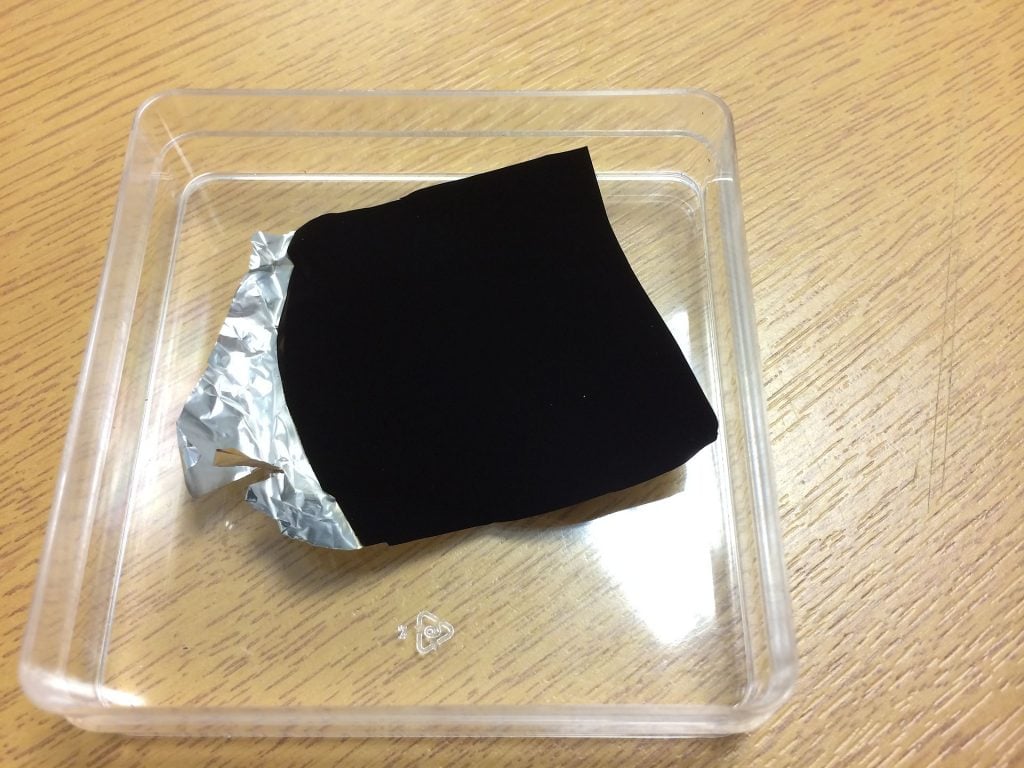Opinion
Can My Artist Ex-Boyfriend Sell an Artwork We Made Together? + Other Thorny Artists’-Rights Questions, Answered
We're here to answer all your questions about what you (and others) can do with your artwork.

We're here to answer all your questions about what you (and others) can do with your artwork.

Katarina Feder

Have you ever wondered what your rights are as an artist? There’s no clear-cut textbook to consult—but we’re here to help. Katarina Feder, a vice president at Artists Rights Society, is answering questions of all sorts about what kind of control artists have—and don’t have—over their work.
Do you have a query of your own? Email [email protected] and it may get answered in an upcoming article.
My ex is an artist and he is trying to sell a painting that we made together. Can he do that?
It depends on the circumstances under which you parted. If the painting is at his place and he technically owns it, then he may in fact sell it. Sorry, heartbreak, but that whole thing about possession being nine-tenths of the law turns out to be true.
Still, there’s a bright side: an author has clear, definitive copyright protection over their work as soon as it is created. And when it comes to works with two authors, the law is clear.
The Second Circuit ruled in the 1998 case of Lynn Thomson v. Jonathan Larson that “each joint author has the right to use or to license the work as he or she wishes”—as long as any profits are shared equally between the co-authors. (That case involved the true author of the play Rent; Thomson blew the case after she was unable to recall some of “her” lyrics on the stand.)
Since you and your ex created the piece together, the underlying copyright belongs to each of you—and you both have the right to reproduce the work, produce derivative versions, sell copies, or otherwise exploit it. Whether or not the physical work is sold, you can get the painting on skateboards and t-shirts (as long as you split the money with him). Adapt it into a screenplay and get a Netflix deal! Spite can be a powerful motivator. Good luck.
I’m a monochrome painter and I’m pretty sure I just saw a Zara dress that steals my shade. What recourse do I have?
Shade, indeed! The short answer: not much recourse at all. Unless you developed a hue that that was not scientifically possible before you invented it, you are probably out of luck.
The long answer is worth sticking around for, though, because it helps parse the often-confusing distinction among copyright, trademark, and patent.
Here’s what you need to know: Copyrights protect all original pieces of work, such as paintings or literature, while a trademark is a word, phrase, symbol, or design that indicates and distinguishes the source of goods (like the Olympics logo or McDonald’s Golden Arches). A patent is essentially the same thing as a trademark, except that it protects a tangible invention (think: iPhone or 3D printer).
Creators are the automatic owners of the copyrights to their work, while trademarks and patents are granted by regulatory bodies in response to formal applications.
So what’s this got to do with a Zara dress? Well, under certain circumstances you can trademark a color, but only if it is so strongly associated with a product or service that a regulatory body like the Office of Patent and Trademark would deem it trademarkable. Think “Tiffany Blue” for those cyan jewelry boxes, or “Louboutin Red” on the soles of fancy shoes.

A sample of Vantablack. The material is so dark it makes crinkled aluminum foil appear flat. Photo by Surrey NanoSystems Creative Commons Attribution-Share Alike 3.0 Unported license.
Artists, too, have tried to patent colors, but without broad success. The only exceptions that come to mind are Yves Klein—who, in 1960, worked with a Parisian chemist to create a deep blue hue dubbed “International Klein Blue.” Another interesting case is that of Anish Kapoor, who, nearly 50 years later, purchased the exclusive rights to the blacker-than-black pigment “Vantablack.” (It’s worth noting that Kapoor does not own a patent on Vantablack; he was only able to obtain exclusivity of the color through a deal he made with Surrey NanoSystems, a British company that developed the pigment for military equipment like satellites and stealth jets.)
What am I getting at here? Patents on colors are basically impossible. You can trademark a color, but in order to get the trademark, you must be able to make a very compelling case for its undeniable association with a very established brand.
This brings us back to copyright, which unfortunately cannot be used to protect one color. You can protect an arrangement of colors, even an incredibly abstract one. And as a monochrome painter, you can copyright your painting—you just can’t copyright the shade you used to paint it. (The whole thing gets a little philosophical, right?) My advice is to let it go.
My artwork was in the background of Ivanka Trump’s recent Instagram post. Can I sue her to take it down?
Let’s cut to the chase: Technically, you can sue her. Your work is your intellectual property, and as such, you are the only one who is entitled to reproduce or license it. But there are nuances here. How prominently was your piece featured in the post? If it is just incidental—if it was in the background and not in focus—then you don’t have much of a claim. Of course, this is a subjective judgement. You may think that the work prominently featured while someone else may not.
One thing to note is the degree to which Ivanka was using the ‘gram to promote herself, her political agenda, or her super classy jewelry line. If the post was clearly promotional, you would have a clear claim, as no one can use your work to market their product without your explicit permission. Republican politicians frequently encounter this problem when they play songs at campaign rallies, since basically no good musicians are conservative.
All that said, my advice is to skip the lawyers. Going to court probably isn’t worth the trouble or cost. Courts generally do not find for the copyright holder in matters like these, and your chance of recouping any money is slim. Maybe just disavow the work instead?
I have always been in love with Ingres’s Violin by Man Ray and I would love to get sound holes tattooed on my back, just like Kiki de Montparnasse has in the photo. Can I just go for it or do I have to get some sort of permission?
Well, this is definitely a unique question. And unlike the location for your proposed ink, the answer is rather nuanced.
On March 26th, while the rest of us were on lockdown, New York’s Southern District settled a major court case over body ink that happens to be relevant to your question.
In 2016, a tattoo-licensing company called Solid Oak Sketches sued Take-Two Interactive, publisher of the NBA 2K video game franchise, claiming to own the copyright for the tattoo designs featured on the digital avatars of NBA stars LeBron James, Kenyon Martin, and Eric Bledsoe.
The US Copyright Office maintains that any creative illustration “fixed in a tangible medium” is subject to copyright—so this applies to a painting or a musical score, or even the broadcast of an NBA basketball game. The game itself, viewed in real life, is for these purposes considered intangible, and not copyrighted; if you can take a thing and show it to someone else in a different time or place, then it’s tangible and copyrightable.

LeBron James and his tattoos at Staples Center in Los Angeles, California on January 15, 2014. (Photo: Frederic J. Brown/AFP via Getty Images.)
The tattoo artists who actually inked the ballers had previously sold their designs to Solid Oak in the hopes that they might be licensed for a clothing line, and Solid Oak, in turn, went after Take Two, alleging unauthorized reproduction of the designs.
“I always thought that I had the right to license what I look like to other people for various merchandise, television appearances, and other types of creative works, like video games,” James said during the case.
US District Court Judge Laura Taylor Swain agreed, citing the fact that the featured tattoos are “small and indistinct,” and could hardly be discerned by a typical game-player. “Furthermore,” she added, “the tattoos are not featured on any of the game’s marketing material”—which means it was impossible to argue that Take Two profited off the tattoo designs.
All this is to say that you’re more than welcome to copy Kiki and transform your back into a violin. But if you end up modeling that ink and making money off of it, the estate holders just might come after you, and play your lawyers like a fiddle.